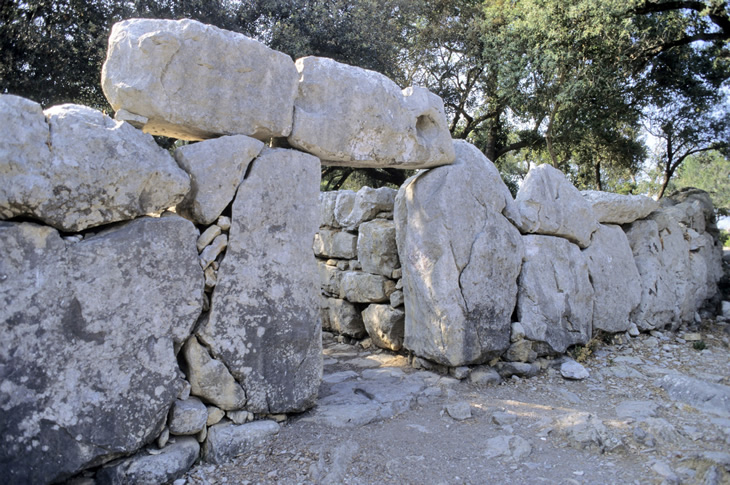The Talayotic legacy: the prehistoric footprint that shapes the landscape of the Balearic Islands
Menorca, Mallorca, Ibiza and Formentera reveal a network of archaeological sites of unique heritage value
The Balearic Islands are renowned for their idyllic beaches, exceptional cuisine and natural beauty. Beyond that, they harbor a unique archaeological network connected to the Talayotic culture. The legacy of this prehistoric civilization endures in the form of massive cyclopean structures spread across Menorca, Mallorca, Ibiza and Formentera. These sites, now open to visitors, strengthens the islands’ unique identity and enriches the destination, firmly establishing them as a prime reference for cultural and archaeological tourism in the western Mediterranean. Menorca stands out as the leading beacon of this heritage. With over 1,500 registered sites, the island showcases one of the most densely packed archaeological landscapes in the Mediterranean. The designation of 'Talayotic Menorca' as a UNESCO World Heritage Site in 2023 confirmed the importance of a landscape where talayots coexist with sanctuaries, fortifications and funerary structures such as the Naveta des Tudons, a key monument for understanding their worldview. In Mallorca, the talayots are incorporated into strategic settlements perched on hills or nestled in valleys. One of the most notable examples is Capocorb Vell, located in the south of the island, renowned for its monumental structures, some reaching up to eight metres in height. Other sites, such as Son Fornés and Ses Païsses, offer insights into the urban and social development of these communities over the centuries.

Likewise, Ibiza and Formentera preserve significant traces of the Bronze Age. Sites such as Cala d’Hort and Cap de Barbaria II showcase ancient ways of life through circular structures and burial mounds, essential to understanding the spread of the Talayotic culture across the archipelago.

